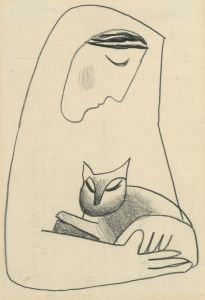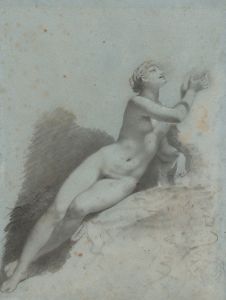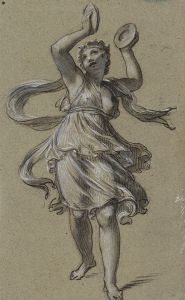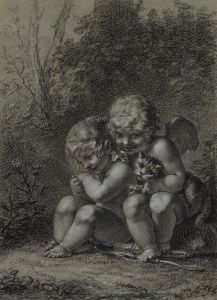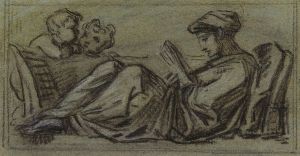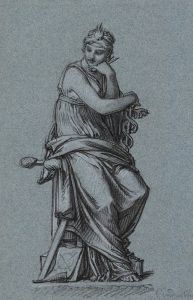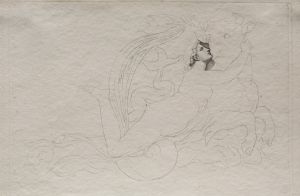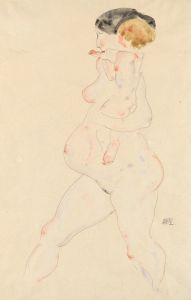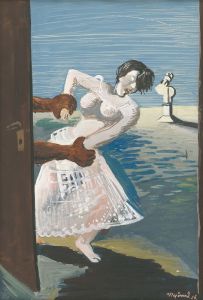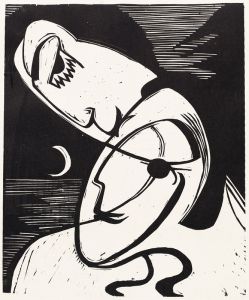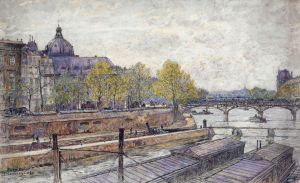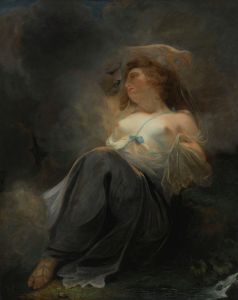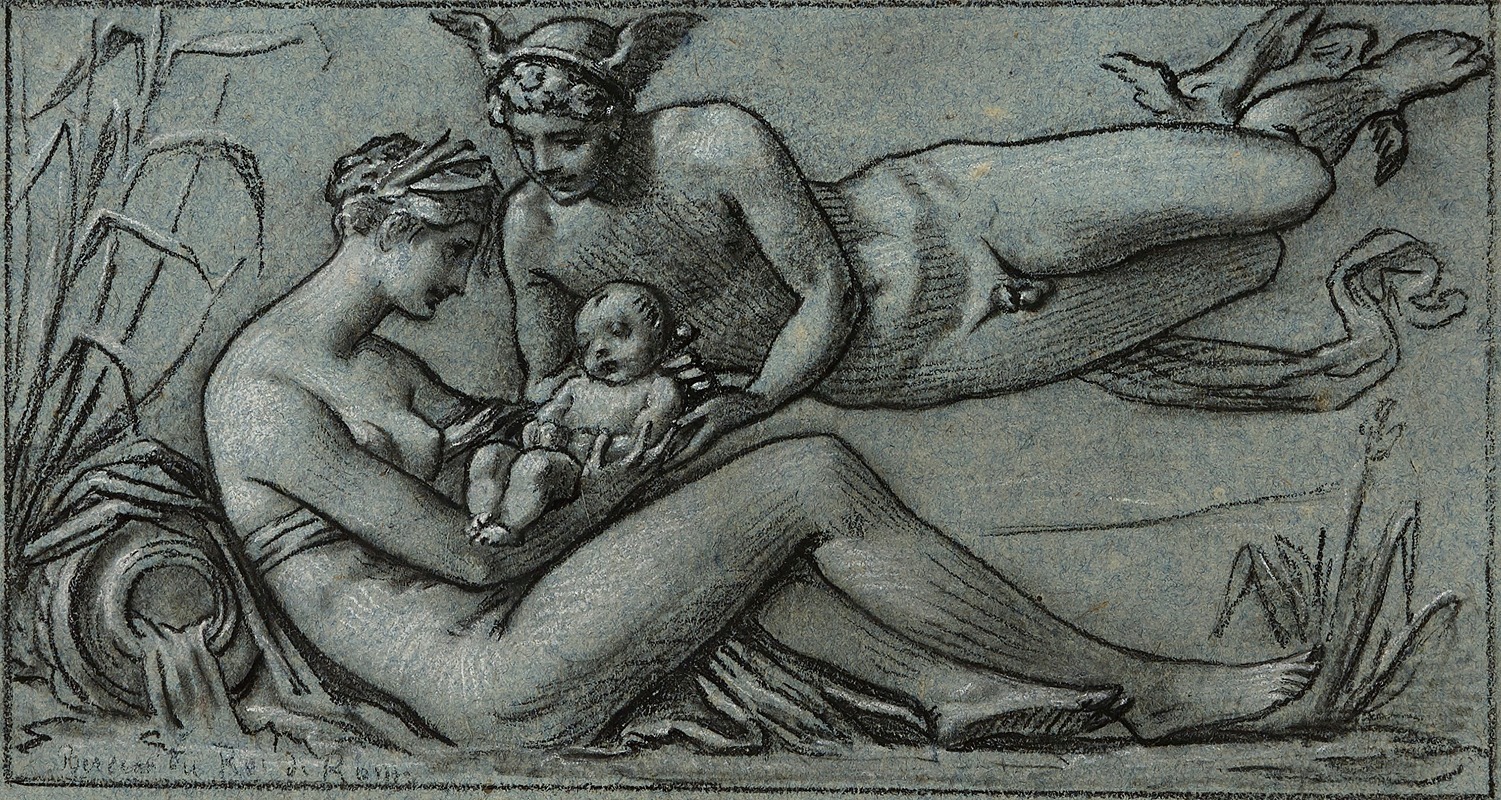
La Seine reçoit dans ses bras l’enfant que les dieux lui confient
A hand-painted replica of Pierre-Paul Prud'hon’s masterpiece La Seine reçoit dans ses bras l’enfant que les dieux lui confient, meticulously crafted by professional artists to capture the true essence of the original. Each piece is created with museum-quality canvas and rare mineral pigments, carefully painted by experienced artists with delicate brushstrokes and rich, layered colors to perfectly recreate the texture of the original artwork. Unlike machine-printed reproductions, this hand-painted version brings the painting to life, infused with the artist’s emotions and skill in every stroke. Whether for personal collection or home decoration, it instantly elevates the artistic atmosphere of any space.
Pierre-Paul Prud'hon was a French Romantic painter known for his allegorical and mythological subjects, as well as his portraits. One of his notable works is "La Seine reçoit dans ses bras l’enfant que les dieux lui confient," which translates to "The Seine Receives in Her Arms the Child Entrusted to Her by the Gods." This painting is a fine example of Prud'hon's ability to blend classical themes with a romantic sensibility, creating works that are both emotionally evocative and technically accomplished.
Prud'hon was born in 1758 in Cluny, France, and he studied in Dijon before moving to Paris. He later spent time in Italy, where he was influenced by the works of Leonardo da Vinci and Correggio, which is evident in his use of soft transitions and delicate modeling of forms. His style is characterized by a graceful, almost ethereal quality, which sets him apart from his contemporaries who were more focused on the Neoclassical style.
"La Seine reçoit dans ses bras l’enfant que les dieux lui confient" is an allegorical painting that reflects Prud'hon's interest in mythology and the natural world. The painting depicts the river Seine personified as a nurturing figure, cradling a child that has been entrusted to her by the gods. This imagery can be interpreted as a metaphor for the nurturing and life-giving properties of the river, which was central to the life and culture of Paris and the surrounding regions.
Prud'hon's work often features a dreamlike quality, achieved through his use of soft lighting and gentle, flowing lines. This painting is no exception, as it captures a serene and harmonious interaction between the divine and the earthly. The composition is carefully balanced, with the figure of the Seine positioned centrally, creating a sense of stability and calm.
The painting is also notable for its use of color and light. Prud'hon employs a muted palette, with soft blues, greens, and earth tones that enhance the tranquil mood of the scene. The gentle play of light across the figures adds depth and dimension, highlighting the tender embrace between the Seine and the child.
Prud'hon's work was well-received during his lifetime, and he was admired by both his peers and later generations of artists. His ability to convey emotion and narrative through his paintings has earned him a lasting place in the history of art. "La Seine reçoit dans ses bras l’enfant que les dieux lui confient" exemplifies his skill in creating works that are both visually and emotionally compelling.
Today, Prud'hon's paintings can be found in major museums and collections around the world, where they continue to be appreciated for their beauty and technical mastery. His influence can be seen in the works of later Romantic artists, who were inspired by his ability to blend classical themes with a romantic sensibility.
In summary, "La Seine reçoit dans ses bras l’enfant que les dieux lui confient" is a testament to Pierre-Paul Prud'hon's artistic vision and skill. Through its allegorical subject matter, harmonious composition, and delicate use of color and light, the painting captures the essence of Prud'hon's unique style and his contribution to the Romantic movement in art.





